Article and photographs by Robert P. Winthrop.
The following is an opinion article from a guest writer, Robert Winthrop. Winthrop is partner at Winthrop, Jenkins, and Associates, a Virginia based architecture firm specializing in historic renovation. Historic buildings have also been his focus in numerous writings and lectures. As author of The Architecture of Jackson Ward, Cast and Wrought: The Architectural Metalwork of Downtown Richmond, Virginia, and Architecture in Downtown Richmond, Winthrop has established himself as an authority on the city’s architectural history.
* * *
Architects often confront the question if we should express the character of our own age, or restore a neglected or mutilated earlier building. It seems that in many cases the ego of the architect is the determining factor. Should you restore an earlier appearance to recreate a vanished street scape, or create a new expression?
The architect Steven Holl elected to reject any historic reference in his proposed Institute for Contemporary Art for VCU at the corner of Belvidere and Broad Street. While the site is surrounded by historic districts and buildings, the site itself is vacant and no trace of its historic context remains.
Steven Holl is an internationally known architect and the character of his work is equally well known. He was hired to do what he does best: create a dramatic, modern building. There is an inherent dichotomy between the function of the building as a showplace for modern art and historic preservation concerns. Several blocks away architects have made a different choice.
At Richmond’s oldest surviving theater, the Empire, Commonwealth Architects recreated a long vanished façade. The original triumphal arch front designed by architect Claude K. Howell in 1912 had been stripped off in the middle of the last century. The architect of that renovation stripped away all the fussy and useless decoration and made the Empire into the Booker-T Theater. It was 1950s modern and up-to-date.
The restored front of the Empire, now the November Theater, is more correctly an evocation of the earlier front. The original front had considerably more architectural decoration. The architects made good choices and there is enough of the original façade to recreate the feel and architectural impact of the original.
The old Empire was part of an effort to make Broad Street into Broadway. The renovated November Theater recreates this imagery. It is hard to believe future Richmond will long to recreate the blank front of the Booker-T.
A few blocks away to the west of the proposed Institute of Contemporary Art site was the mutilated front of William Noland’s Richmond & Chesapeake Bay Railway Terminal of 1907. The central feature of the front was a reworking of a triumphal arch designed by Noland & Baskervill. It served as the welcome arch for a street carnival in 1900. While the Richmond & Chesapeake Bay Railroad never became a great company, the building expressed the hopes and aspirations of the railroad.
Like the November Theater, the front was mutilated. In this case the covering was anodized aluminum, and the destruction beneath the new front was less complete than at the Empire. Recently the aluminum was peeled off revealing the remains of the original façade. Commonwealth Architects has renovated the building and restored the front.
This building is now providing facilities for VCU’s nationally known art program. Historically VCU’s art buildings are both hidden and innocuous. The Pollack building is a dark hole on Harrison Street. The Anderson Gallery is completely hidden from view. The large School of the Arts building on Broad Street is stunningly bland and seems to have been carefully designed to insure that no one would ever think that anyone with talent or imagination is associated with VCU.
The triumphal arch of the Terminal is on axis with Linden Street and visually connects the building to the outbreak of monumental buildings facing Monroe Park. William Noland had the rare ability to create an intimate, monumental building.
Both the Richmond & Chesapeake Terminal and the November Theater evoke a time when Richmond was proud to be a modern and sophisticated city. One aspect of this sophistication is expressed in the city’s cultural and artistic life.
Both the Empire and the Terminal were important buildings historically and architecturally. By stripping them of their architectural features, they lost any sense of their importance. They were mutilated. Instead of expressing the aspirations of a great city, they were renovated into suburban blandness. They were covered in the material-du-jour of the modern cheap renovation. By recreating these landmark buildings and combining them with new elements such as the ICA, there is a chance that Broad Street will become an expression of Richmond’s cultural and artistic potential.
In Richmond answering the question as to using a modern expression or a traditional expression may be moot. On Broad Street the answer is to be both.

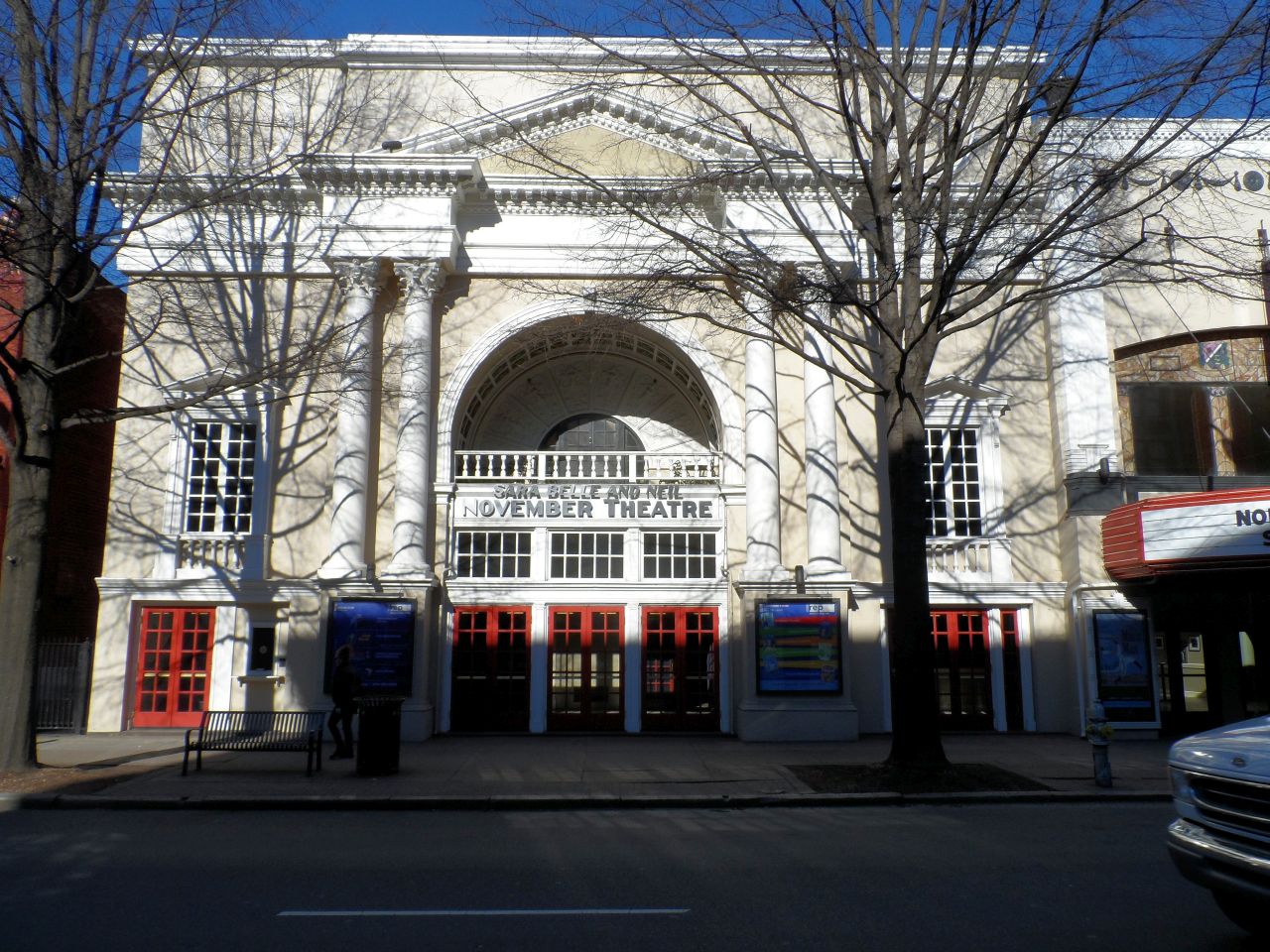
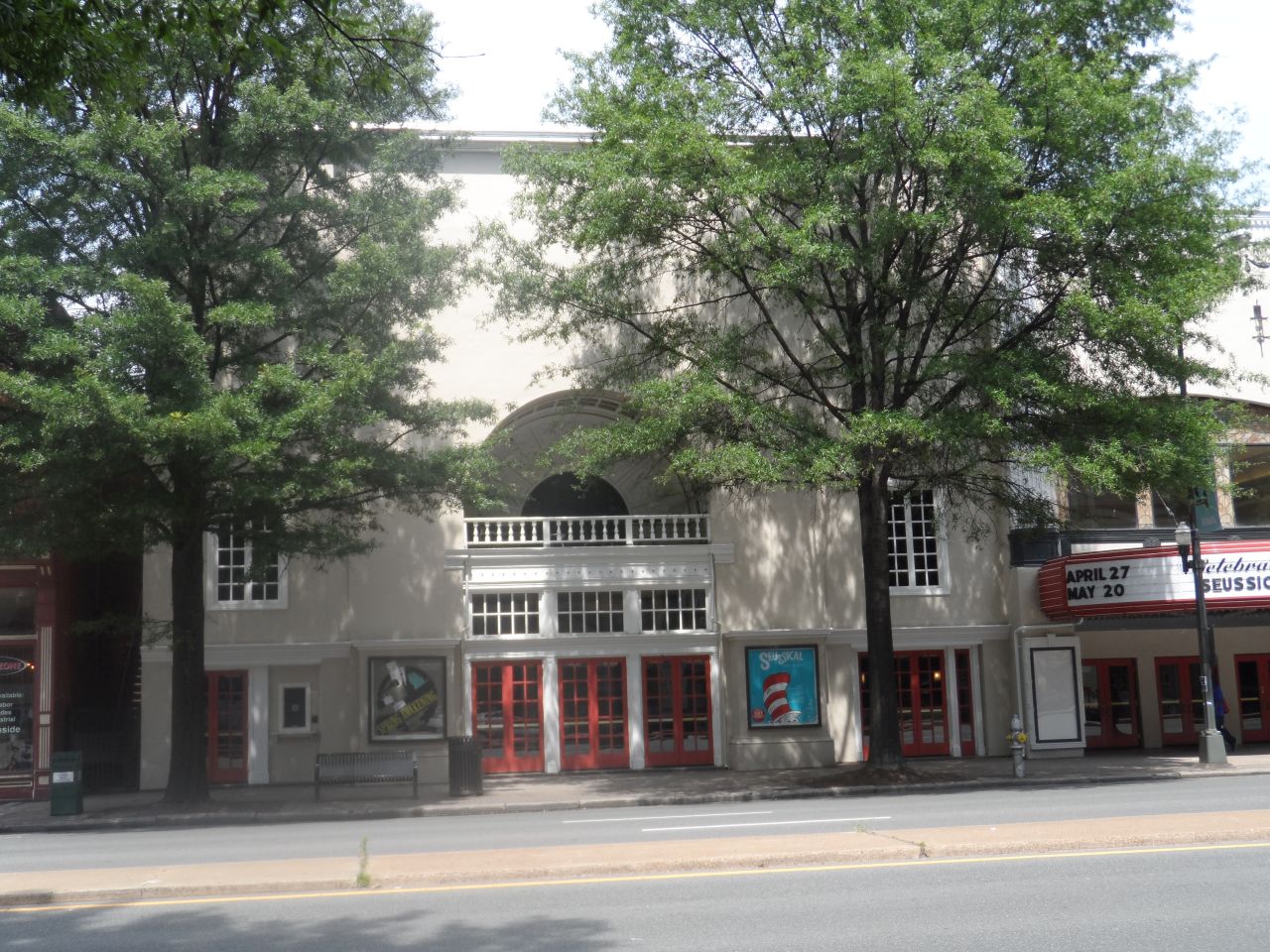



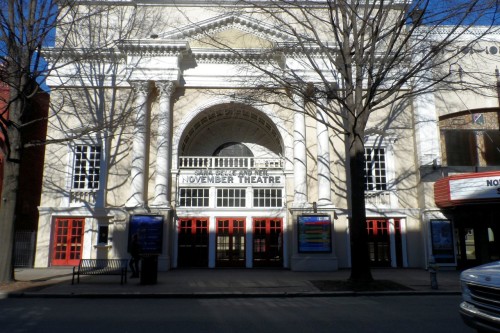
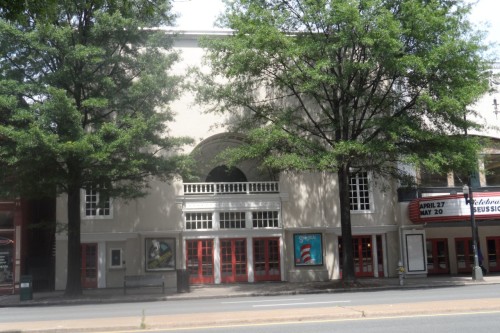
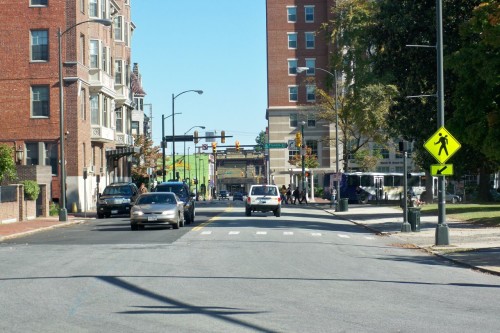

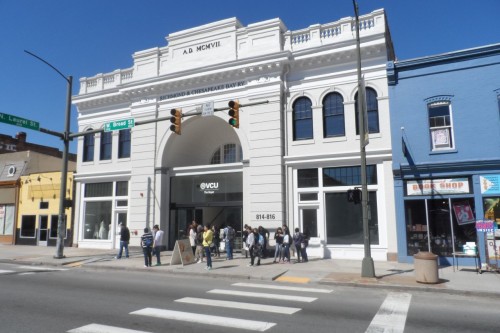
Write a Comment